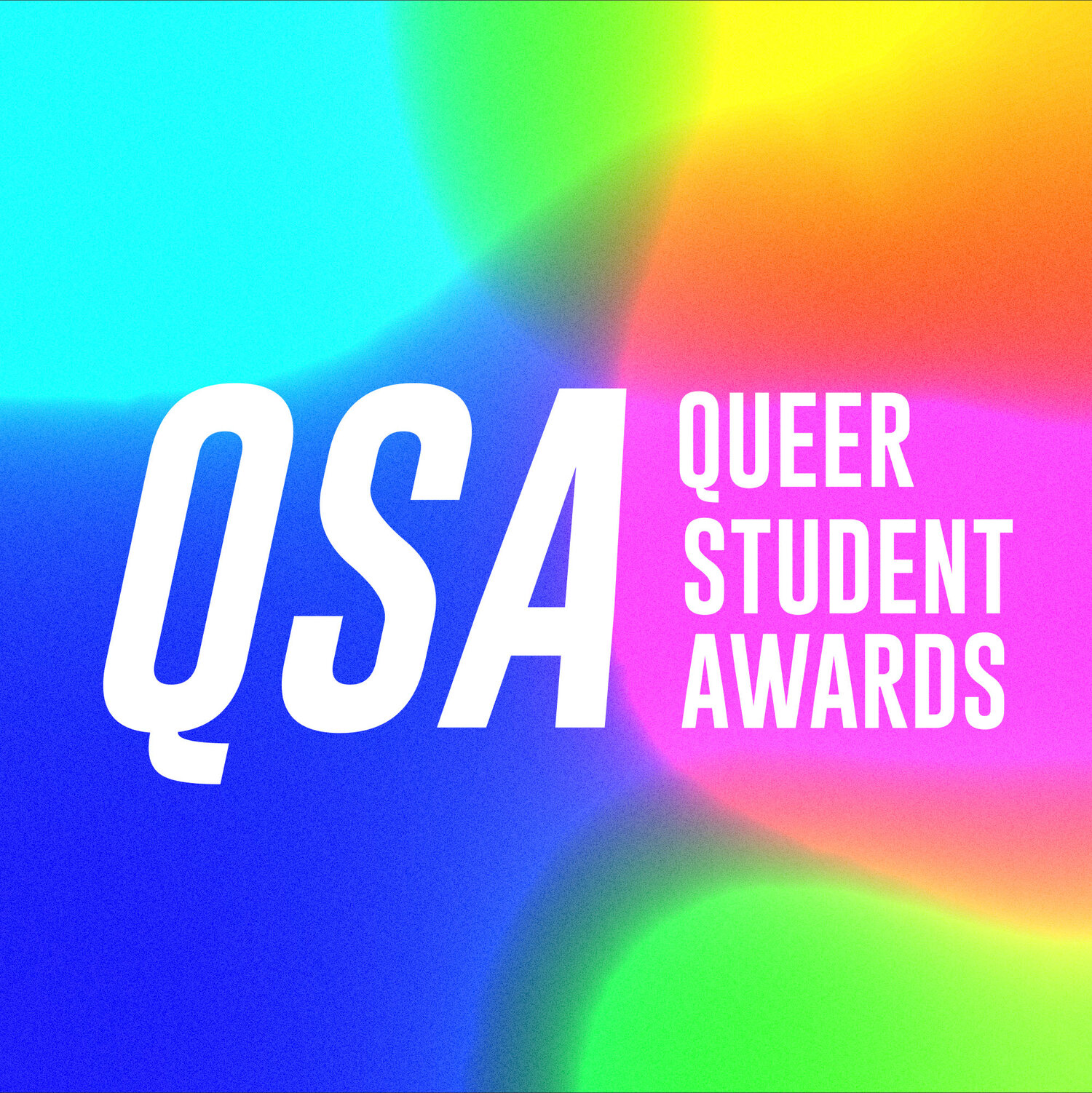A short history of Queerness.
The history of queerness is a complex and multifaceted journey that spans centuries and cultures. Here's a brief summary of key milestones and developments:
Ancient Civilizations: Queer individuals and relationships have existed throughout history, with examples found in various ancient civilizations such as Greece and Rome. In these societies, same-sex relationships and expressions of queerness were often intertwined with cultural and religious practices.
Religious and Colonial Influence: The spread of Abrahamic religions, such as Christianity and Islam, brought with them varying degrees of condemnation of same-sex relationships. This, combined with the influence of European colonialism, led to the criminalization and stigmatization of queerness in many parts of the world.
19th Century: The 19th century saw the emergence of early LGBTQ+ movements in Europe and the United States. Individuals like Karl Heinrich Ulrichs and Magnus Hirschfeld began advocating for the rights and recognition of same-sex love and gender diversity.
Stonewall Uprising (1969): The Stonewall Inn riots in New York City marked a turning point in the modern LGBTQ+ rights movement. This event, sparked by a police raid on a gay bar, led to days of protests and galvanized the LGBTQ+ community to demand equal rights and an end to discrimination.
1970s-1980s: The 1970s and 1980s saw the rise of LGBTQ+ activism, with organizations like the Gay Liberation Front and the formation of the first Pride parades. However, this era was also marked by the HIV/AIDS epidemic, which disproportionately affected the LGBTQ+ community and led to significant advocacy efforts.
1990s-Present: The LGBTQ+ rights movement gained momentum in the late 20th century, resulting in important legal victories such as the decriminalization of homosexuality in many countries, the legalization of same-sex marriage, and increased visibility of LGBTQ+ individuals in politics, media, and culture.
Intersectionality: The LGBTQ+ rights movement has evolved to recognize the intersectionality of queerness with other identities, such as race, gender, and disability. This has led to a broader understanding of the LGBTQ+ community's diversity and the importance of addressing various forms of discrimination.
Global Progress and Challenges: While significant progress has been made in many parts of the world, LGBTQ+ rights continue to face challenges and backlash in some regions. Legal recognition and social acceptance of queerness vary widely on a global scale.
Trans Rights: The fight for transgender rights has become a central focus of the LGBTQ+ movement. Advocates have been pushing for gender-affirming healthcare, legal recognition of gender identity, and an end to violence and discrimination against transgender individuals.
Non-binary and Genderqueer Identities: More recently, there has been increased visibility and acceptance of non-binary and genderqueer individuals, challenging traditional binary concepts of gender.
In summary, the history of queerness is a complex narrative of struggle, resilience, and progress. It involves centuries of diverse experiences, activism, legal battles, and cultural shifts that have shaped the LGBTQ+ rights movement into what it is today—a global fight for equality, acceptance, and the recognition of the inherent worth and dignity of all individuals, regardless of their sexual orientation or gender identity.
Don’t miss your opportunity to recognise and celebrate young LGBTQ+ people in The Queer Student Awards!
Entries for QSA2024 close at 2359 on Wednesday 3rd April.

